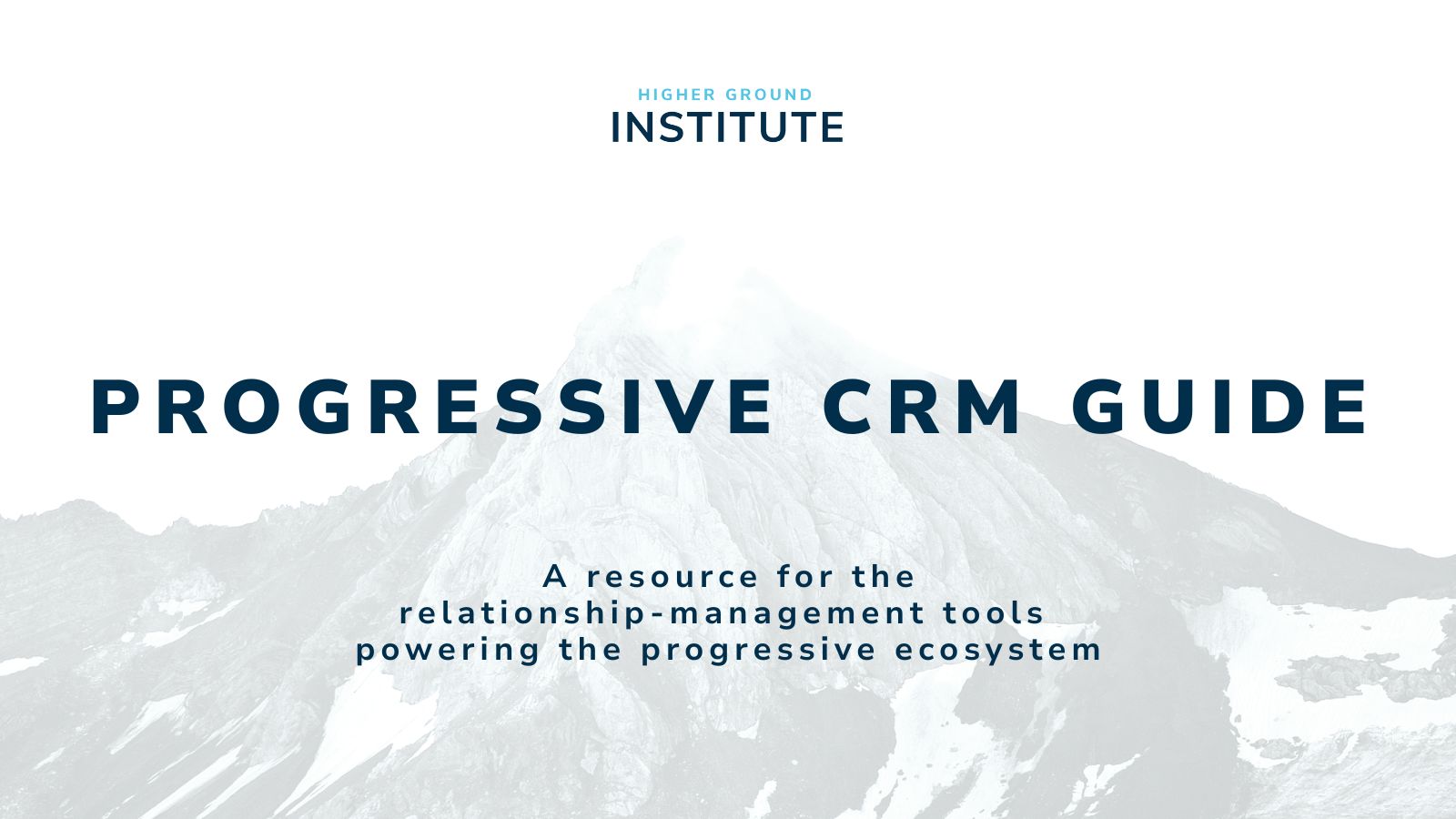An interview with HGL Web3 Fellow Russell Mindich
We sat down with HGL’s Web3 Fellow, Russell Mindich, to discuss how emerging technologies and trends in the Web3 space can be applied to the progressive political ecosystem.
Why should the progressive political space care about Web3?
Throughout the past year, Web3 technologies (Cryptocurrencies, Non-Fungible Tokens, and Decentralized Autonomous Organizations) have gained steam worldwide – introducing new and enticing mechanisms for fundraising, building community, incentivizing collective action, and rewarding participation.
The sheer pace of growth, volume, and strength of new mission-aligned communities that have formed surrounding NFT drops and DAO launches should draw the attention of campaign organizers and political tech practitioners. Understanding how and why diverse groups of individuals scattered across the globe have come together to achieve common goals is a critical first step for dissecting the Web3 movement.
Is it the underlying technology? Better aligned incentives that reward participation? A longing for belonging brought on by the pandemic?
It’s probably a combination of all three – but regardless, it’s become clear that Web3 technologies and trends offer promise for facilitating the next era of digital coordination and fundraising. And whichever political party is able to best harness the immense community building power exhibited by Web3-native organizations will have an advantage.
However, practitioners must approach this space with caution and nuance. Not every political pain point will require, or benefit from, a Web3-based solution. That being said, several opportunities still exist to develop useful, inclusive, and authentic programs that help progressive entities raise more money, increase supporter buy-in, and improve the volunteer experience.
How can cryptocurrency donations benefit the progressive political ecosystem?
If offered in a compliance-focused manner (with respect to citizenship verification and contribution limits), campaigns have an opportunity to bring in more donations from new donors via cryptocurrencies.
Despite its relative infancy, 16% of Americans say they have “invested in, traded or used cryptocurrency,” according to Pew’s November 2021 Survey. The portion of Americans experienced with crypto shoots up to 31% when looking at those aged 18-29. Pew also found that Asian, Black, and Hispanic adults are more likely than White adults to say they have used cryptocurrency.
Skewing younger and non-white, cryptocurrency’s early adopters represent highly sought-after demographics for the Democratic Party.
What are some other applications of Web3 tech in the political space that you foresee?
The emerging NFT space presents several use cases that can be translated to the political ecosystem. NFTs can enable campaigns to reward supporters for their contributions with a unique piece of digital memorabilia that immutably demonstrates their support for the candidate on a blockchain. Campaign NFTs can be used as profile pictures or banner images on social media platforms, empowering holders to flex their support and influence their networks.
Further, NFTs can serve as an “access key” or “membership pass” to a campaign – by holding a campaign NFT, supporters can gain access to exclusive events and opportunities, IRL and digital merchandise, and more. NFTs can also represent a marker of attendance. Through QR codes displayed at key events (rallies, canvassing kick-offs, fundraisers), campaigns can reward supporters for their attendance with the chance to mint a unique NFT.
DAOs (and Play-to-Earn models) also present intriguing opportunities for campaigns and organizations to improve their distributed organizing operations and incentive structures. By tokenizing, or gamifying, the advocacy experience, progressive entities can provide rewards for active and sustained participation. By incorporating DAO-like structures into existing political entities, supporters can also be granted a say in organization-wide decision-making.
While full-scale decentralization and full-stop DAO-adoption seem like far-fetched ideas for the highly centralized political ecosystem, campaigns and organizations can instead utilize the incentive structures and community-building tactics that underlie the DAO model without adopting the backend blockchain technology and community governance functionality that facilitates it.
What are some interesting Web3 projects or companies that have caught your eye?
Braintrust: A community-owned and community-managed jobs board for short-term, contract-based work. Each individual who successfully completes a job that they found on Braintrust is given $BRST tokens, which serve as their ticket to voting on proposals about the future of the platform (or can be immediately exchanged for another cryptocurrency).
POAP (Proof-of-Attendance Protocol): A mobile app that allows organizations or event organizers to mark and reward attendance at events by offering unique NFTs to attendees.
Boss Beauties: A 10,000 piece NFT collection that uses proceeds from primary and secondary sales to empower young women with mentorship programs and internships. Boss Beauties was the first NFT to ever be displayed at the New York Stock Exchange, recently inked a partnership with Marvel, and was featured at the United Nations.



